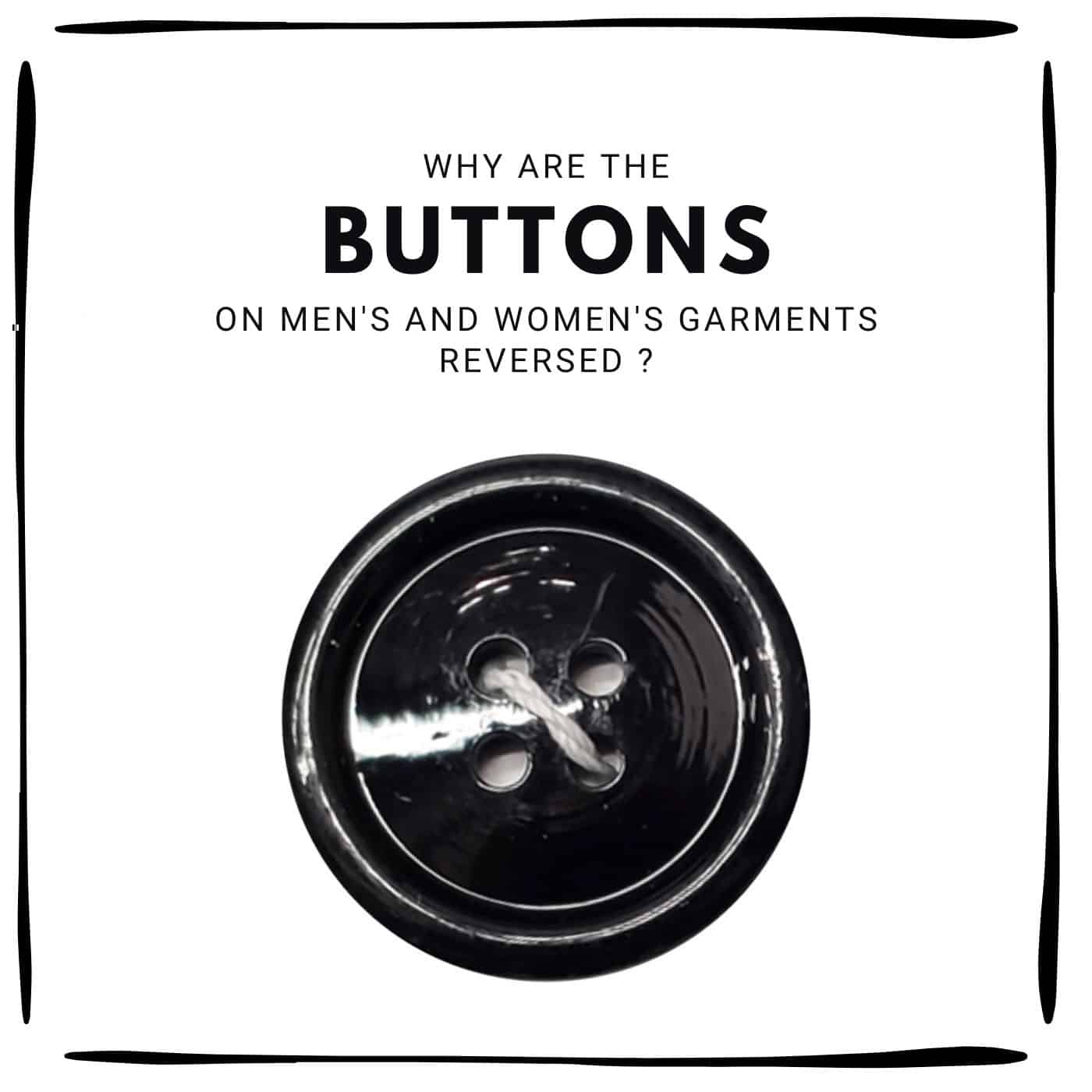Why are the buttons on men’s and women’s garments reversed?
Have you ever noticed that men’s and women’s shirts button up differently? If you compare a men’s shirt and a women’s shirt, you will see that the buttons are never on the same side: in men’s garments they are on the right, in women’s on the left.
This difference is not accidental, but has historical origins dating back several centuries. Today, it no longer has a practical function, yet fashion continues to follow this rule. Let’s find out why!
⸻
Why are men’s buttons on the right?
In centuries past, men (especially those of the higher social classes) often carried swords and weapons. Having the buttons on the right made it easier to draw the sword with the dominant hand (the right), without the flap of the jacket or shirt rising up and hindering movement.
This theory is particularly associated with the Napoleonic era and the 19th century, when men’s military uniforms and coats were designed to facilitate movement in battle.
In addition, men dressed themselves and most people were right-handed. Having buttons on the right allowed them to fasten their clothes more easily without hampering their movements.
Finally, horsemanship may also have played a role: when men rode with their sword on their left hip (to draw it with their right hand), jackets buttoned up in that way prevented the wind from lifting the fabric, preventing the blade from getting caught in their clothes.
⸻
And why are women’s buttons on the left?
Women of the wealthier classes, on the other hand, did not dress themselves. They were often helped by maids and maidservants, who were almost always right-handed.
Moving the buttons to the left made the work of those who dressed the mistress of the house easier. A little trick that saved time and effort!
Besides this, there are other interesting theories:
– Breastfeeding: women often held the baby with their left arm, leaving their right hand free. The buttons on the left would have made it more comfortable to unbutton a dress with the dominant hand.
– Fashion and social status: in the 19th century, women of the bourgeoisie and aristocracy wore very elaborate dresses, with corsets and layers of fabric that made it impossible to dress unaided. The position of the buttons was therefore designed for the comfort of the maids, not the wearer.
– Influence of men’s fashion: at certain periods, especially in the 18th century, upper-class women started to take inspiration from men (think redingotes or women’s suits). However, fashion maintained this difference in buttons, perhaps precisely to emphasise a distinction between the two genders.
⸻

And today? Does this distinction still make sense?
Today, no one wears swords anymore and, fortunately, we dress ourselves. This distinction between buttons no longer has any practical use, yet fashion continues to maintain this rule by tradition.
Some unisex or innovative brands have started to offer garments without a distinction of buttons, while other brands still maintain this convention. In ready-to-wear, the division between men’s and women’s garments is still very much present, and the buttoning continues to be a small distinctive detail.

⸻
Curiosity: can buttons be a symbol of power?
In the past, having buttons was a status symbol. They were expensive and often made of mother-of-pearl, silver or even gold, decorated with noble coats of arms or artistic details.
For many centuries, buttons were not even functional: they only served as a decorative element, while clothes were fastened with laces or pins. It was not until the 17th century that buttons began to be used with a practical function, especially on men’s clothing.
Buttons were also considered a symbol of power: the more ornate and precious they were, the more they indicated high social status. In some eras, certain buttons were reserved exclusively for the nobility, and those who wore them without permission could be punished.
Today, buttons are an obvious element in our clothes, but they tell a much longer and more fascinating story than we can imagine!
Edited by Cosimo Martucci

